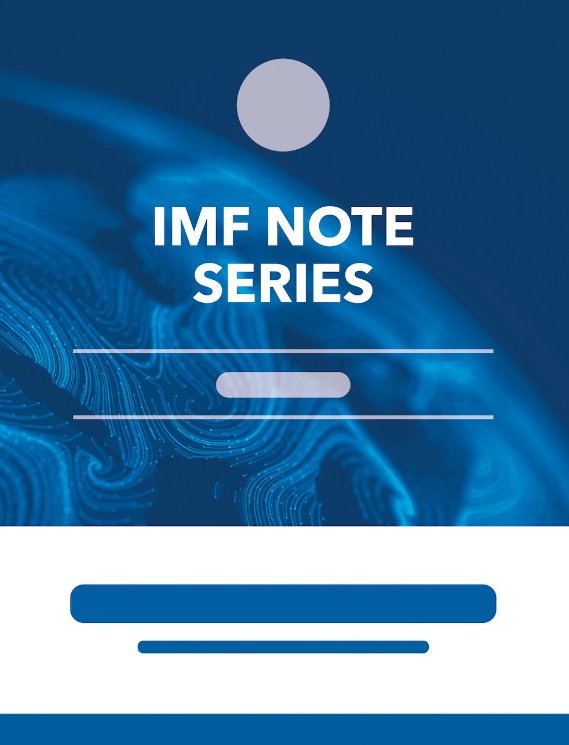U.S. Inflation Dynamics: What Drives Them Over Different Frequencies?
June 1, 2006
Disclaimer: This Working Paper should not be reported as representing the views of the IMF.The views expressed in this Working Paper are those of the author(s) and do not necessarily represent those of the IMF or IMF policy. Working Papers describe research in progress by the author(s) and are published to elicit comments and to further debate
Summary
This paper aims to improve the understanding of U.S. inflation dynamics by separating out structural from cyclical effects using frequency domain techniques. Most empirical studies of inflation dynamics do not distinguish between secular and cyclical movements, and we show that such a distinction is critical. In particular, we study traditional Phillips curve (TPC) and new Keynesian Phillips curve (NKPC) models of inflation, and conclude that the long-run secular decline in inflation cannot be explained in terms of changes in external trade and global factor markets. These variables tend to impact inflation primarily over the business cycle. We infer that the secular decline in inflation may well reflect improved monetary policy credibility and, thus, maintaining low inflation in the long run is closely linked to anchored inflation expectations.
Subject: Business cycles, Competition, Inflation, Output gap, Terms of trade
Keywords: business cycle, WP
Pages:
27
Volume:
2006
DOI:
Issue:
159
Series:
Working Paper No. 2006/159
Stock No:
WPIEA2006159
ISBN:
9781451864199
ISSN:
1018-5941





